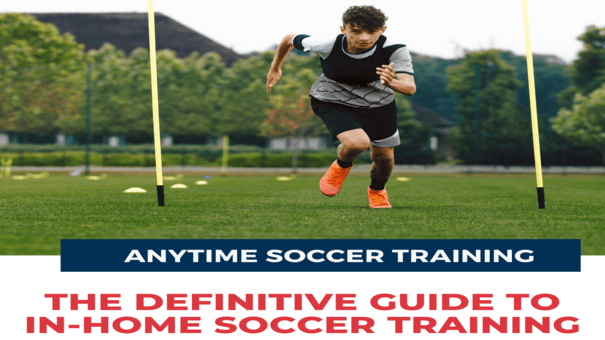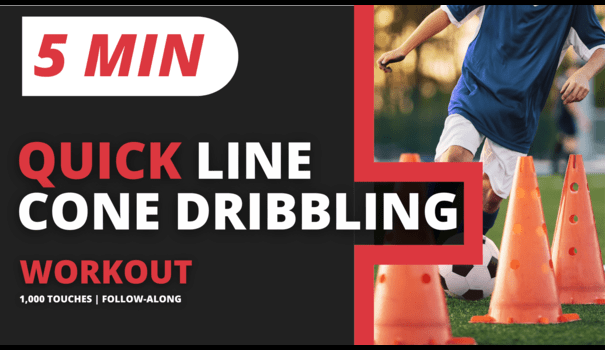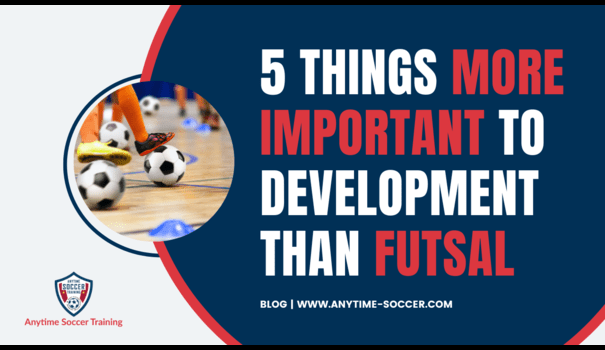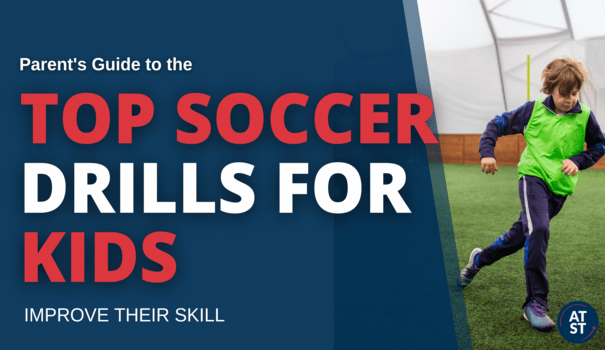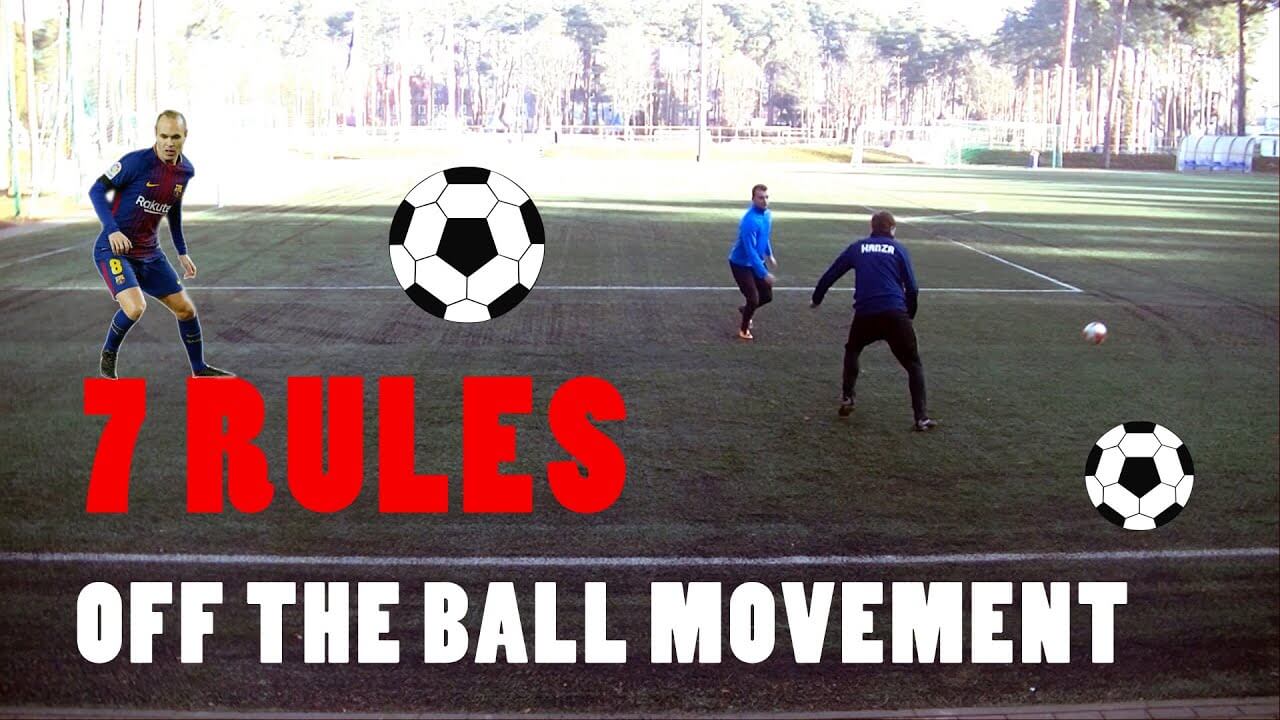Over the years as a soccer dad and coach, I’ve learned firsthand that relying solely on weekly practice sessions isn’t enough for players to master the fundamentals.
In standard soccer practices, players get around 1500 touches a week. Compare that to European, South American, and American players who practice at home – they average over 10,000 touches a DAY!
Related: Practising perfection by 10,000 touches
Private Training vs At-Home Training
While private training can be beneficial, it often becomes impractical due to high costs and scheduling challenges.
For example, my two sons dedicate around four hours to at-home training every week. If done with a private trainer, this would set us back well over $15,000 a year!
Also, getting extra touches shouldn’t be only done in rigid hour-long sessions with a trainer. Expecting a trainer to drop by for a quick five or ten-minute home session isn’t realistic.
Short five to ten-minute at-home sessions are extremely important, but can only be done by the individual at home.
Encouraging players to cultivate a growth mindset means tapping into motivation from both external sources and personal drive.
Ideally, players will receive guidance from parents and mentors that is combined with a routine of getting those extra touches at home – which is based on their intrinsic motivation.
Private training’s major benefit lies in invaluable instruction from the trainer – especially in the area of technique and form. But here’s the thing to keep in mind – real growth happens when you put in the work by practicing those skills repeatedly for hours and hours.
So, for those opting for a private trainer, a mix of private sessions and at-home repetitions is suggested.
The Role of Parents
As parents, we’re right there with our kids, understanding them like no one else can. With that unique closeness and flexibility, we’re perfectly positioned to play a vital role in boosting their soccer skills and confidence.
It all starts by getting their commitment to a consistent at-home training schedule.
By emphasizing realistic time commitments (that are not overly burdensome), parents can ensure dedicated periods for skill development, with consistency reinforcing the importance of regular practice.
Moreover, kids naturally enjoy playing with their parents, so infuse soccer skills into activities like chasing, racing, tagging, or playing 1v1 to make learning fun.
This blog is a go-to resource for parents and players looking to kickstart soccer training at home, offering free resources and training videos.
And for those who like a more structured approach, check out Anytime Soccer Training. It’s free to join and has over 5,000 training videos that are all 100% follow-along.
Key Areas of An-Home Soccer Training
When it comes to individual training whether at home or with a trainer it’s important to develop a well-rounded training routine that covers all the essential skills.
Below we will summarize the essential components with links to training videos and more detail.
Dynamic Warm-ups and Cool Downs
Before diving into any training session, kick things off with dynamic warm-ups to prepare your body for action. Incorporate stretches, light jogging, and dynamic movements to increase flexibility and prevent injuries. Likewise, finish your session with cool-down exercises to aid recovery and flexibility.
Ball Mastery
Ball mastery is the foundation of soccer excellence. Develop your ability to manipulate the ball with precision and control using various parts of your feet. Incorporate stationary drills, dribbling exercises, and wall work to enhance your ball mastery skills.
Juggling & Aerial Control
– Juggling goes beyond showcasing flair; it refines your touch, coordination, and overall ball control. Dedicate time to juggling exercises to improve your aerial control, providing you with an edge on the field.
Dribbling
Master the art of dribbling by practicing changes of direction, quick turns, and close ball control. Set up dynamic dribbling courses in your home training space using cones or markers.
Turns & Escaping
Elevate your ability to navigate tight spaces and evade defenders through turns and escape maneuvers. Incorporate drills that focus on quick changes of direction and escaping pressure.
Passing & Rebounder
Hone your passing accuracy and control by utilizing a wall or rebounder. This allows for solo passing practice and improves your ability to control the ball in different scenarios.
1v1 Moves
Develop your skills in one-on-one situations by practicing various 1v1 moves. Enhance your ability to take on defenders and create scoring opportunities through effective one-on-one maneuvers.
Finishing
Sharpen your finishing skills by incorporating drills that simulate goal-scoring scenarios. Work on both accuracy and power to become a potent finisher on the field.
Fitness & Agility
Integrate fitness and agility exercises to improve your overall physical conditioning. This includes cardio workouts, agility drills, and strength training to enhance your performance on the pitch.
With a holistic approach encompassing dynamic warm-ups, ball mastery, aerial control, and more, your in-home soccer training becomes a comprehensive journey toward mastery.
Dedicate yourself to these key components, and watch as your skills flourish, transforming your home into a personal soccer training ground.
